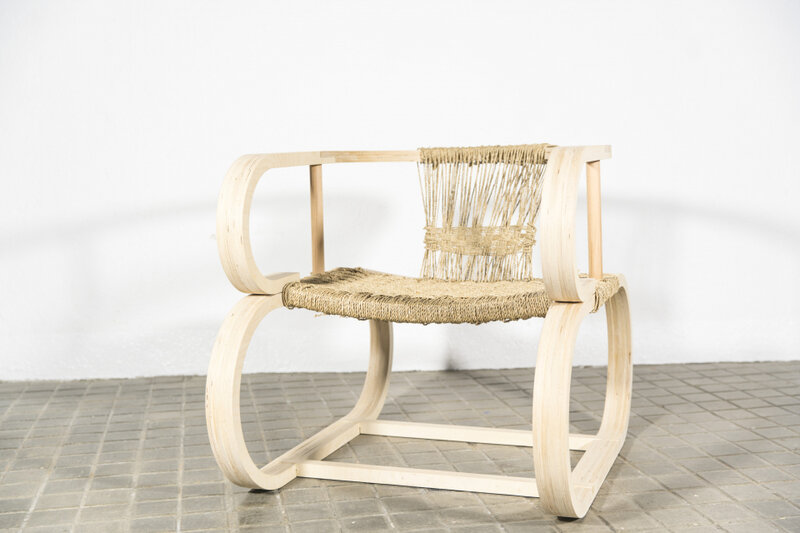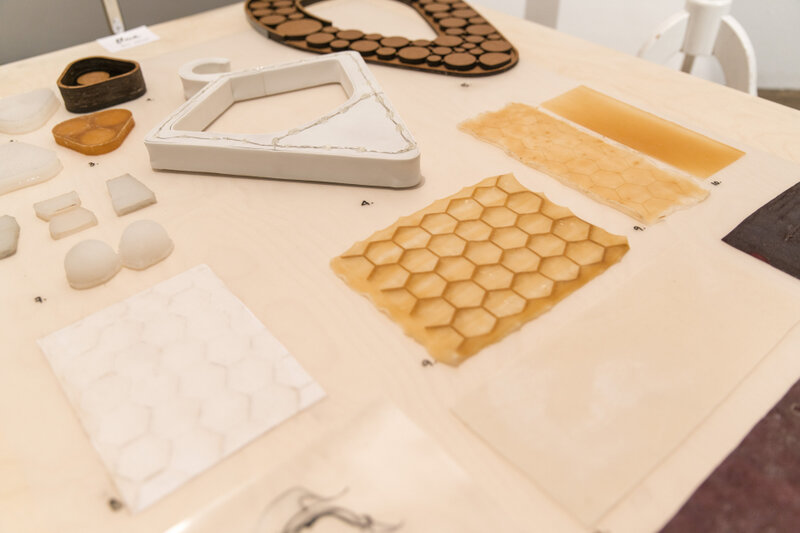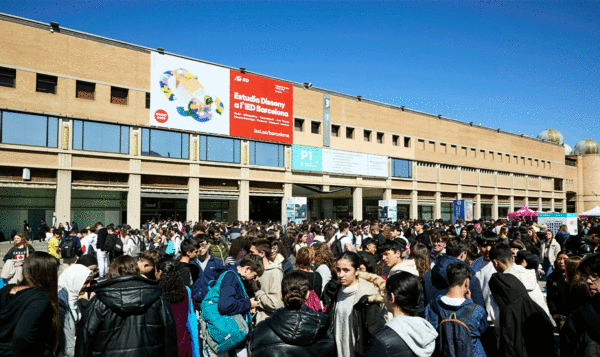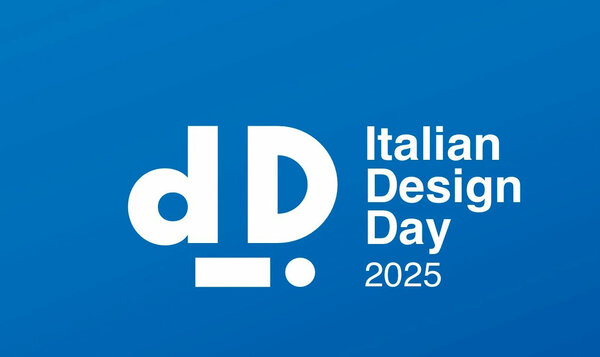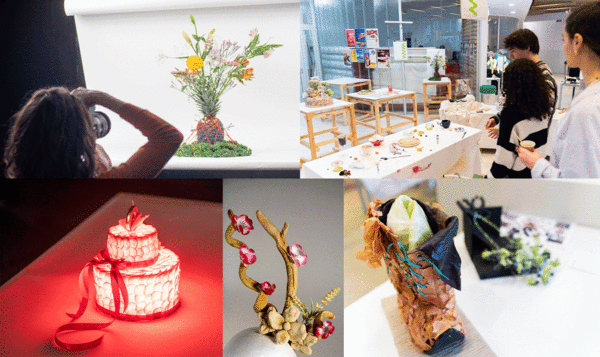The Design Revolution: the intertwining of craftsmanship, digital technology and creative participation

Handcrafted and digital processes in design excellence
Date
10 May 2018
The advent of new technologies has led to a broadening of the horizons of craftsmanship, with the emergence of new production opportunities. This development should not simply be interpreted from a formal or economic point of view but constitutes a true cultural revolution.
There has always been a more refined and elite design sector, which is growing in importance and which, due to its shapes, materials and the small number of pieces produced, involves manufacturing processes typical of handicrafts. These processes have never ceased to be used in high-end industries, furniture, clothing, fashion accessories, and even the automotive sector. The unique piece (or the multiple originals of the intaglio series) has always been considered superior and has always had the undisputed value of art, which is typical of handicrafts and is only now also attributed to design (not only for one-off pieces but also for limited series).
On the other hand, craftsmanship also has a cultural value (as stated on several occasions by Tachy Mora) since each product is made directly by people who adopt highly skilled production techniques and try to do so satisfactorily. This aspect denotes objects created with love and as an extension of someone’s life, which take on a unique value in the face of impersonality, overproduction and indiscriminate industrial consumption, in which products are discarded before they have exhausted their usefulness. It is a way of perceiving humanity in manual creation, with the imperfections and irregularities inherent in the work of the person who made the object.
Starting from the conclusions reached by Nicholas Negroponte in Being Digital, Pasquale Salzillo argues that in a production process intended for the realisation of tangible objects, digital technologies are not sufficient, and the transition “from atoms to bits” necessarily tends towards a return to atoms. “As human beings, we cannot have experience in bits. (...) The nature of man, therefore, is realised through his relationship with physicality, his experience with the environment in which he operates, and his propensity to know and understand through a reciprocal relationship with everything he ‘touches with his hand’, ‘there is, therefore, no escape from physicality.’ (...) In today’s production context that employs digital technologies, essentially intangible products are produced, but, with reference to an economy of scale, a return to material, concrete products becomes essential. In this sense, the role of the craftsman is to promote the culture of well-made, quality products through flexible and innovative tools such as digital technologies. Being digital is the licence to grow”.
In this sense, digital technology is the future of the craftsman, including that employed by the designer, who, thanks to technical advances, can cover the entire production process. Digital evolution also allows the recipient to produce the object created by the designer, whose design they receive at home, directly. Similarly, the Internet platform makes it possible to go further. What has been called Web 3.0 transcends the simple interaction of users with companies offering services or products and now allows them to participate in their creation as well. Thus, collaborative design is born, a co-creation involving the creative participation of people as experts in the use and enhancement of a given product or service. Direct participation in developing concepts and ideas that the designer can promote and subsequently implement to obtain a much more effective and innovative co-design. This new phase of professional design proves to be particularly useful in the services sector and, without doubt, could revolutionise those offered by the public administration, which in this way could respond more directly to the needs and requests of citizens.
For the time being, these experiences of digital implementation are being applied with excellent results in handicrafts. New handicraft-based sectors, both locally and, thanks to the Internet, globally oriented, are experiencing great success. New companies have sprung up dedicated to on-demand manufacturing that can even produce single units, thanks to the progress of 3D printing and other technological processes that allow the product to be individualised with the highest level of customisation.
As Isabel Valdés states in Cuadernos de Diseño 4, this process “presupposes, more than a technological revolution, a cultural revolution. What changes is not the object we consume but how we consume it. (...) If the last revolution was the mass production of millions of perfect and identical products, with strict quality control and standardisation, this new revolution is based on producing a few objects characterised by their individuality, identity and originality. We are witnessing the birth no longer of the factory but of the workshop, supported and developed by social networks. (...) This new form of creation decentralises the means of production. Designers will be able to continue to design for consumers as always. However, instead of selling the rights to their products to big manufacturers or depending on them to make them, they will be able to do so independently and autonomously. The democratisation of design and production tools offers the possibility to reconsider existing designs and offer new, unique products that can quickly adapt to contemporary individual needs. (...) Design and production are today the outcome of a culture of participation. By exploring how creative people design and produce objects, we discover that it is in the interaction between communities that the new revolution is taking shape".
Author: Sebastián García-Garrido
